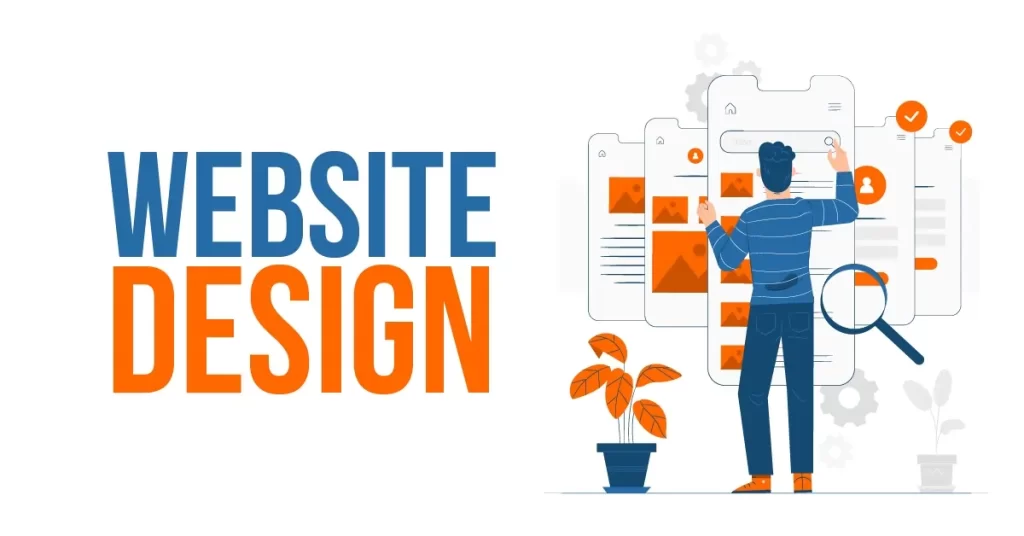Designing a website is known as web design. Rather than software development, it most commonly pertains to the user experience components of website creation. Designing websites for mobile and tablet browsers has been increasingly crucial since the mid-2010s, when the attention shifted from desktop browsers to these devices.
What a Web Designer Do?
A web designer is someone who enhances the visual aspect, structure, and even the text of a website.
- Appearance: What gives something its appearance are the colors, fonts, and pictures utilized.
- Layout: The arrangement and classification of data is called layout. When done well, a website’s design should be intuitive, visually beautiful, and appropriate to the site’s target audience and brand.
- Content: In order to prevent perplexing visitors, a well-designed website keeps things straightforward and easy to understand. By eliminating any and all conceivable sources of customer irritation, it wins over and cultivates the trust of the target audience.
Table of contents
- What is Web Design?
- What is Responsive Web Design?
- Best Practices and Considerations for Responsive Design
- What is Adaptive Web Design?
- Accessibility for Web Design
- Learn More about Web Design
- Questions related to Web Design
What is Responsive Web Design?
The goal of Responsive Web Design (often shortened to “Responsive” or just “Responsive Design”) is to create web content that adapts to the screen resolution of the user’s device. Viewport breakpoints, which are resolution cutoffs that trigger content scaling to that view, are usually used to achieve this. No matter the screen resolution of your tablet, phone, or desktop, the viewports should logically adapt.

By resizing and repositioning design elements, responsive layouts adapt to different browser widths. Responsive websites automatically adjust their layout to match any screen size, even when viewed on a desktop computer. In order to display itself optimally, the site first determines the amount of accessible space on mobile phones.
Best Practices and Considerations for Responsive Design
Designing for flexibility in every aspect—images, text, and layouts—is what responsive design is all about. That being said, you need to:
- To begin designing a product, think about mobile devices first, rather than desktop computers. This is known as the “mobile-first” strategy.
- Make pictures and grids that move.
- Make SVGs (Scalable Vector Graphics) a top priority. These 2D graphics files are XML-based and can include animations and interaction.
- Get at least three breakpoints (device layouts) in there.
- Adapt the visibility of content based on user context. Visually organize your content so that people can find what they need quickly by making use of progressive disclosure and navigation drawers. Prioritize necessary items over non-essential ones.
- Strive for simplicity.
- Get to know your people better and make their lives easier by using design patterns; for instance, the column drop pattern adapts information to various screen sizes.
- Aim for ease of use.

